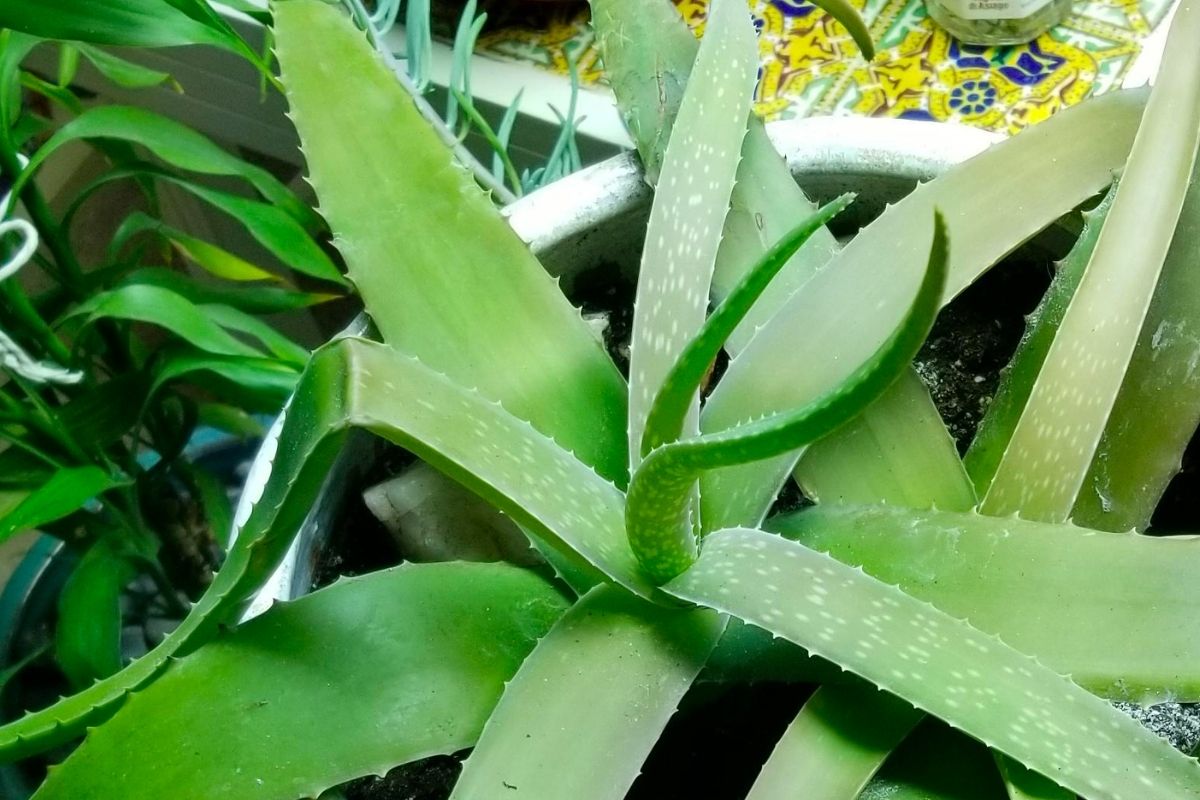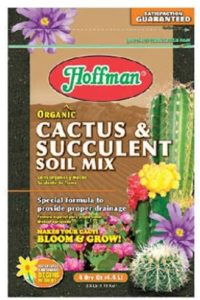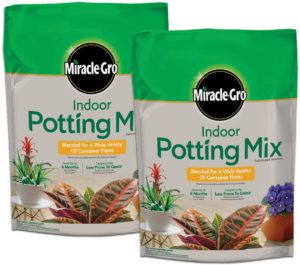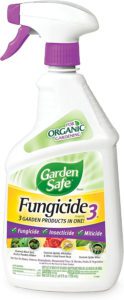Key takeaways
- Check the soil moisture regularly – Aloe plants thrive in soil that stays slightly moist, but not wet or soggy. Overwatering or allowing the soil to get too dry can cause the plant to become droopy.
- Check for root root – If the soil is not the issue, check for root rot. This can be indicated by yellow leaves that fall off easily and a slimy texture around the roots. If you find signs of root rot, it’s best to repot the aloe in fresh soil.
- Provide adequate sunlight – Aloe plants need a lot of sunlight to thrive. If they don’t get enough light, they may start to droop. Move the plant to a spot that gets at least 6 hours of sunlight a day
- Prune away any damaged or dead leaves – Prune away any damaged or dead leaves to give the plant more energy to grow healthy new shoots. Also remove any diseased or pest-infested leaves to help prevent further damage.
Aloe is known for its many incredible properties, but you can’t take advantage of them if you have a droopy aloe plant on your hands! It’s a bad idea to harvest aloe leaves when the plant isn’t healthy – and drooping is definitely a sign that something’s wrong. Alas, it is the healers themselves that often go neglected…
Although aloe plants are normally super resilient, they are vulnerable to certain stressors, like any plant. When you have a drooping aloe, take a close look at the plant’s conditions. In this article, we’ll guide you through some of the most common reasons that aloe plants lose their vigor, and help you troubleshoot to get to the root of the problem.
Why is my aloe plant drooping
The leaves of an aloe plant droop will be the first part of the plant to show signs of stress, since its roots are buried and the central stem is usually covered by leaves. Your aloe may be drooping for a variety of reasons (some less challenging to deal with than others) that span the spectrum of plant care. Your aloe plant’s exposure to light, the amount of light and water, the soil conditions, and the age and size of the aloe vera plant all factor into the overall health of an aloe.
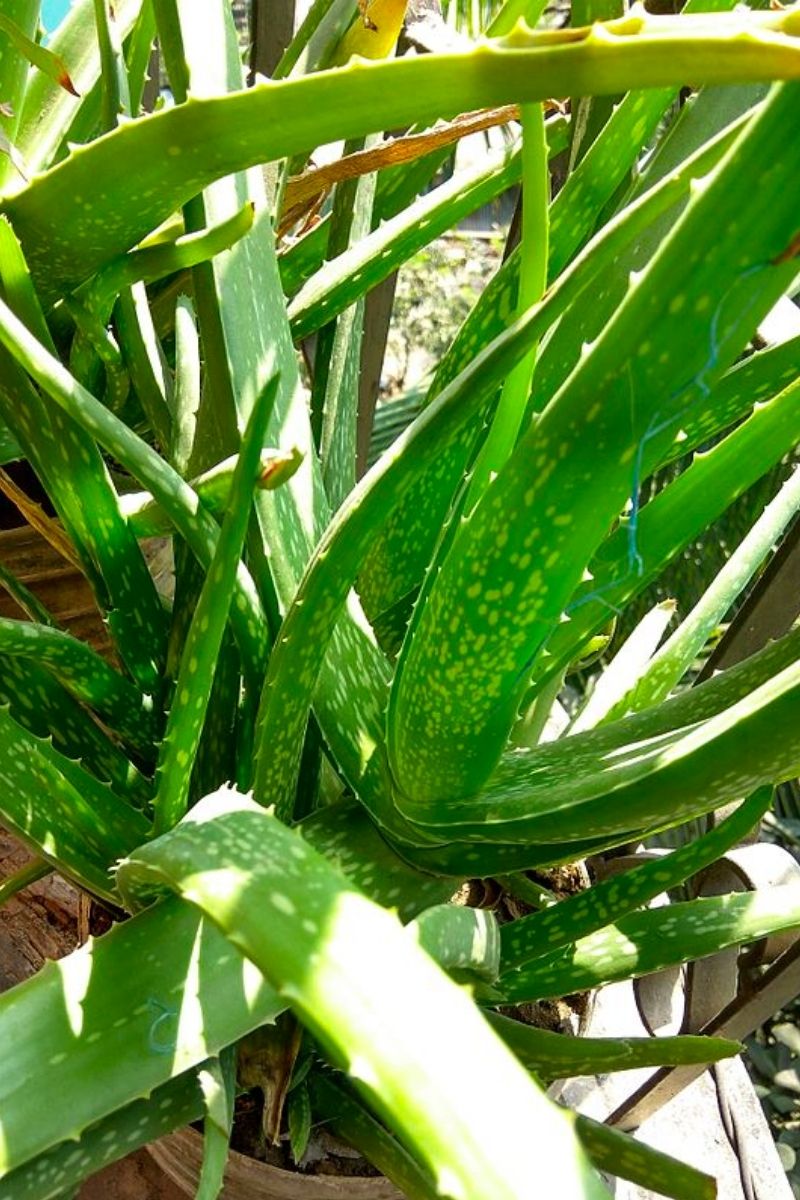
Large, heavy leaves
Your aloe may be perfectly healthy, but drooping under its own weight. When an aloe plant gets big, the dense, heavy leaves may begin to bend and droop. This is totally normal and nothing to worry about – in fact, it’s a sign of a happy aloe!
A drooping aloe plant is a sign of a problem when there is a color change, breakage, or, in the more severe cases, a soggy base or a visible pest infestation. If your aloe is showing any of these signs of abnormally droopy leaves, you should inspect the plant and the growing environment.
Temperature shock
Aloe plants don’t like extreme temperatures, and they like quick changes even less. They are generally most comfortable in air temperatures between 60 and 80. Too hot of temperatures or too much sun or humidity can affect your aloe for the worse, stressing the plant and causing the leaves to wilt. The aloe’s usually firm leaves can get dehydrated from excessive heat, and the roots dry out, which affect the condition of the entire aloe vera plant.
Cooler temperatures can also shock your aloe. This desert plant is used to warm temperatures! When consistently exposed to temperatures in the mid 50s or below, you may notice brown to black spots and weak leaves developing on your aloe vera plant. As a general rule, keep aloe away from drafty windows and air conditioners.
The plant shouldn’t be moved from extreme warm to extreme cold, as the temperature changes can put a lot of stress on the plant. It’s ok to place your aloe outdoors if you live in warm climates, but these plants aren’t frost-hearty – so make sure to bring it inside during the fall and winter.
A lack of or overexposure to light
As a warm-season plant, aloe likes a lot of bright sunlight. Too much, however, can damage it, and the leaves will show the evidence. If an aloe is in a room with too little light, the leaves will grow long and spindly as the plant directs energy to finding a source of more light.
Super thin leaves will be prone to drooping. These leaves will typically be lighter shades of green, even lime, yellow, or white, due to lack of sunlight exposure. Aloe plants like at least six hours of light per day, so placing them in a room that gets lots of daytime light is best to be sure they get enough sunlight.
Overexposure to light indoors is rare for aloe plants, but it can happen. This is more common when aloe vera plants are brought outdoors in the spring and summer, although an aloe against the glass of a window that gets a lot of direct light can receive sunburns just as easily as if it were outside.
A sunburnt leaf will turn brown or purple, rather than the deep green of a healthy leaf, and these sunburnt leaves will start to lose some of their stiffness. If your aloe has gotten too much full sun, set it in a room with lots of indirect light, and it should recover with normal care.
Transplant shock
Have you ever felt a bit off after moving to a new home? Like…everything just takes more energy? This is basically what happens with transplant stress or shock for plants. If you recently moved your aloe to a new pot and the leaves are drooping, the plant might be in transplant shock. This happens when the roots are disturbed during the transfer, and the plant directs energy to establishing a strong root system in the new soil instead of maintaining its leaves.
Some aloe vera plants don’t show any signs of shock at all, but others may wilt and lose some leaves in the process. The best way to help your aloe manage the stress of a transfer is to make sure the plant isn’t overheated, and that it doesn’t get dry.
And…timing is everything! Plants draw more water from soil during the hottest and sunniest part of the day, which means some times are better than others to give your allow a new home. This also means that some plants droop naturally at night, but perk right back up in the morning.
The best time of day to transplant an aloe is in the morning or late afternoon, before or after the plant draws moisture from the soil. High temperatures and direct sun can dehydrate the plant, and the best way to avoid transfer shock is to make sure the paint remains hydrated. Leave your aloe plant in a shady, cool place while it recovers from a transplant to help it comfortably transition between containers and prevent excess droop..
Root bound
Overcrowded roots are another cause for drooping leaves. An aloe plant can become root bound when it grows too large for its container and the roots fill up the pot. The roots coil, or bind, inside of the pot as they fill up the space left when soil compacts, decomposes, or runs out from watering. The roots stretch around to fill in the space and maximize their water absorption. A root-bound plant will need more water than usual, since there is less soil to hold moisture and more roots to absorb it. Another sign that a plant is root bound is that it will slow down its growth from a lack of space to expand its roots. These are signs the plant is in stressful conditions, and the leaves may droop as a consequence.
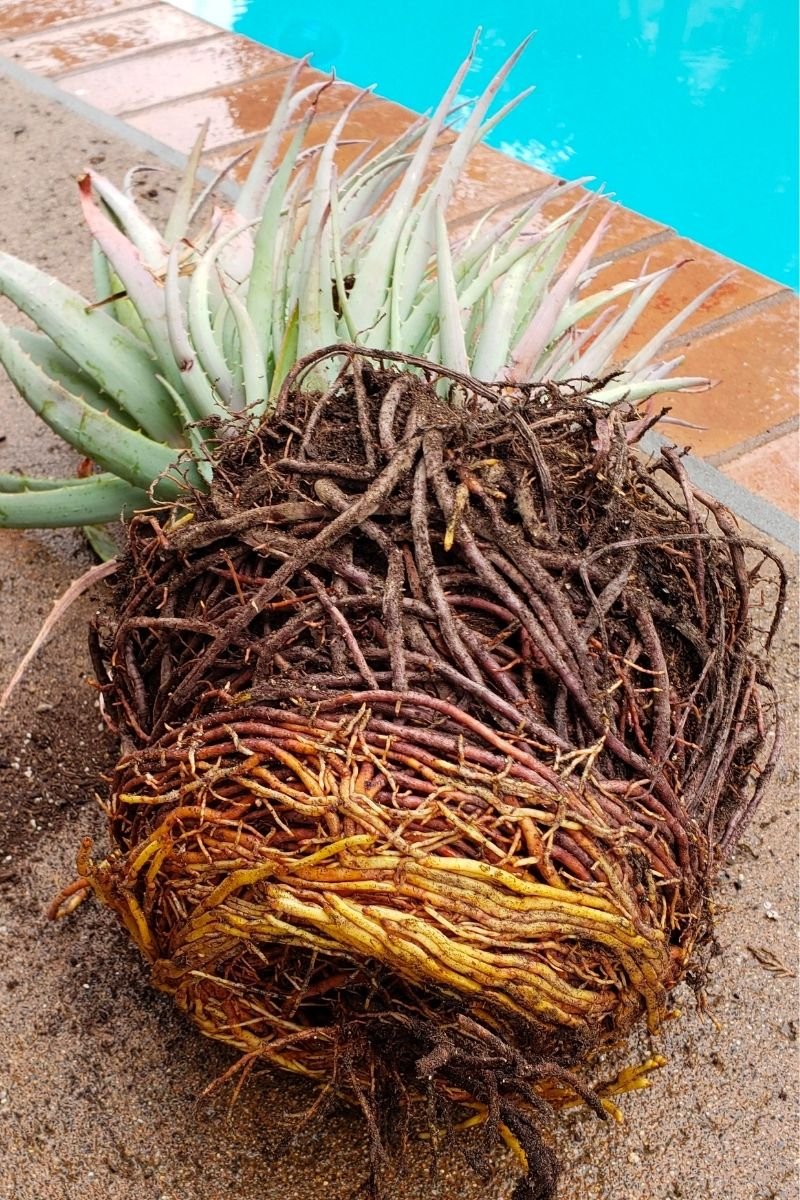
When transplanting a root bound plant, the soil should be broken up to loosen the roots and gently spread out before replanting. Choose a new pot that is 1 or 2 inches larger than the old pot, since sizing up indoor plants too quickly can lead to pest issues and excessive moisture in the soil.
Poorly draining potting mix
Potting mix without proper drainage for aloe is the equivalent of drowning your plant in too much water. When your aloe’s soil is holding too much moisture, the plant’s fibrous roots won’t be happy, and the leaves will start to wilt over time.
An aloe plant should be grown in a medium that drains quickly and doesn’t hold on to a lot of water. This means the soil should be made with lots of coarse material, and the best choice is a succulent/cactus potting soil. If you prepare your own potting mix, make sure at least half of it is coarse material like sand, orchid or pine bark, or coco coir. Aloe plants are also good candidates to be planted in Leca, a stone medium that keeps the roots dry while providing a slow-release moisture source.
Overwatering
As a plant that doesn’t like too much water, the roots of an aloe are susceptible to damage from overwatering. A watering frequency of once every two to three weeks is enough for an aloe plant, as they retain a lot of moisture in their leaves. Check the soil all the way to the bottom of the pot before watering again to be sure the plant needs it. Remember, an under-watered aloe plant is at less risk than an overwatered one.
If the soil is too wet, not only can it stress or drown the roots, it can become a breeding ground for fungus or pests, which can lead to more severe complications for the aloe plant.
Root rot
Droopy leaves can be a sign of root rot, which occurs with overwatering, poor soil drainage, as well as overcrowding of a pot – pretty much any time a plant’s roots are saturated with water for prolonged periods of time. Dying roots effectively cut off the nutrient and moisture supply to your plant, which will eventually wilt and die if the problem isn’t addressed. Rotting roots are typically found around a pot’s bottom drainage hole or holes, and are discolored, soggy, and mushy.
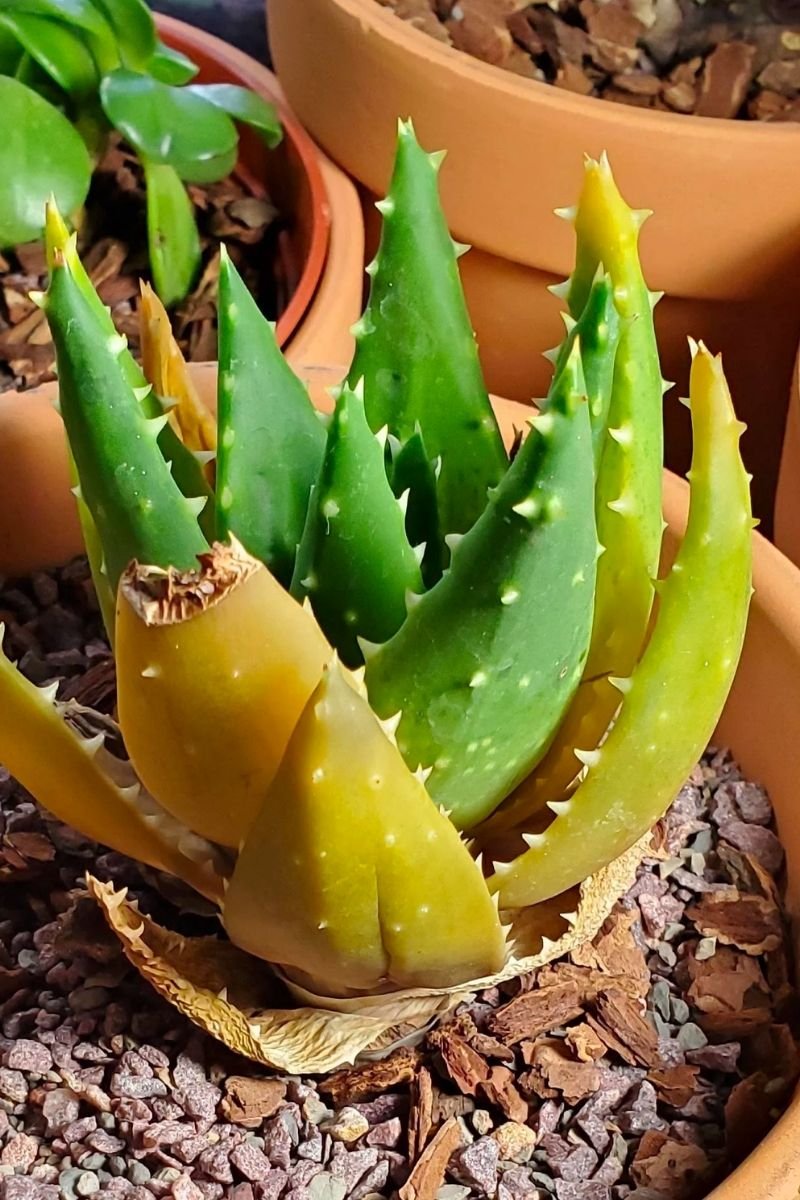
An aloe plant can be saved from root rot if it’s caught early enough by cutting off the rotten roots and then treating the plant as a propagation. Remove any damaged bottom leaves and cut the stem so only a healthy stalk with healthy leaves remains. Allow the cut roots to dry for a couple of days (like airing out a wound), then re-pot in dry soil. Keep the aloe plant in shade, water it once, and then wait at least a week before watering it again.
To avoid overwatering and to discourage root rot, only water your aloe plant with a spray bottle or watering can just enough to slightly wet the top soil surface. You should never drench the soil of an aloe plant.
Pest
Despite their tough leaves, even healthy, hearty aloe plants can be susceptible to pests. While some pests won’t hurt the plant, others will inflict mild to severe damage. If the weather is nice enough that you can attend to pest-infested plants outdoors, it’s best to take the plant outside before treating it to be sure the insects are removed from the house. If you’d like to treat the pests with an all natural insecticide, you can easily mix together neem oil, filtered water, and pure castile soap.
SUPER IMPORTANT: While neem oil can be an effective natural treatment for pests on aloe plants, it’s important to use it cautiously as it can be strong and potentially harmful to some plants. Only apply neem oil to plants with strong immune systems that can handle the treatment. Additionally, neem oil should be applied in small amounts and diluted with water to avoid burning or damaging the plant. It’s important to follow the instructions carefully and avoid overusing neem oil, as it can lead to further stress on the plant.
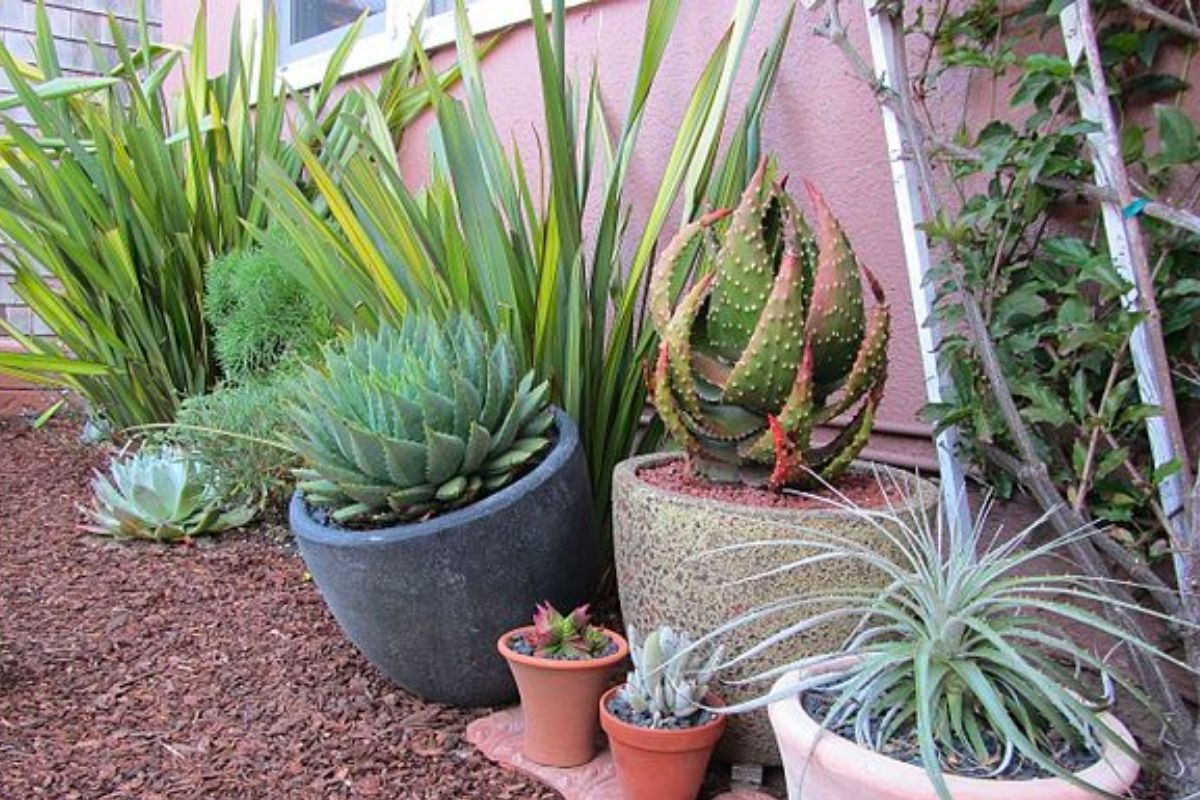
Fungus gnats (Mycetophilidae, Anisopodidae, and Sciaridae families)
Fungus gnats are small black flies that reproduce in overwatered soil where fungus is growing. They don’t harm the plant, but the larvae and gnats feed on the fungi in the soil. However, these conditions can damage the roots of the plant over time. Since this pest infestation is caused by another serious soil problem, there are a few steps to take to get rid of the gnats for good.
- Remove your aloe from its pot, and shake the root ball free of all soil.
- Wash the pot thoroughly with water and soap to remove traces of fungus and bugs, or select a new pot for your aloe plant
- Select a well-draining soil for re-potting your aloe. Place your plant in the new pot with fresh soil to be sure to get rid of all larvae and eggs, and make sure the roots aren’t infected by fungus
- Apply a cover of sand over the fresh potting soil to help prevent remaining gnats from finding their way back into your pot
- Optionally: apply a fungicide to the re-potted plant. Changing the soil is the best way to be sure both the gnats and fungus are removed completely, so focus your energy on soil if you don’t have access to fungicide
- Reduce your watering frequency until the next growing season, making sure your aloe’s soil dries out completely between waterings to prevent fungus from returning
If gnats remain after your grand re-potting adventure, purchase a few fly traps or gnat collectors to help get rid of the pests.
Gall mites (Eriophyidae family)
Gall mites are microscopic insects that create wart-like growths on the leaves, stems, branches, and trunks of plants and trees of all kinds. Aloe plants can become infected as well, and the growths on the leaves from irritation by the mites become a home and food source for them to continue living on the plant. While these galls are unattractive and the presence of the mites threaten other nearby plants, the aloe’s health won’t be seriously threatened by these pests.
To clear your plant of gall mites, give the plant a thorough rinse to remove any mites, then cut off the infected leaves. A normal insecticide solution should protect your plant from any remaining threat.
Spider mites (Tetranychidae family)
Another common pest that is attracted to the aloe plant is the spider mite. You might notice these little guys on your aloe’s leaves as tiny red dots, and you may also be able to see their webs along the inside of the plant. When spider mites chow down on aloe, common signs include leaf discoloration, yellowing, gray spotting, and, yes – drooping.
Spider mites can be removed easily by rinsing them off of the plant. For a bad infestation, use your favorite insecticide to rid the plant of the pests. Spider mites don’t like moisture, so spraying your aloe with a water bottle instead of pouring water into the soil will also prevent spider mites from accumulating on your plant.
Snout beetles (Curculionoidea family)
Snout beetles, or aloe weevils, are the worst pests for aloe. They are attracted to the plant’s nutritious inner gel. The pests lay eggs along the inner part of the leaf, and these will be easy to see: small beige marks across the green leaves. The larvae eat into the plant as they emerge, boring into the leaves. They live inside of the plant until maturity, at which time they can reach up to 3/4 of an inch in size. It’s easy to remove the mature ones, but holes on the leaves means there are probably many larvae inside of the plant.
If this is the case, a smaller plant will have to be discarded since it won’t be able to recover. A large plant, however, may be able to be saved if any of the upper part of the plant isn’t affected. Cut off the unaffected potion of the aloe stalk and leaves and propagate it, discarding the affected mother plant.
Disease
Fungal diseases are particularly common in aloe plants, which don’t have much natural resistance to humid conditions. Like with pests, if you find your aloe plant has a fungal infection, try to bring it outside and move it away from other plants so it won’t infect them as well. Since fungal infections are caused by excess moisture, keeping your aloe good and dry will help avoid future infections.
Aloe rust (Phakopsora pachyrhizi)
Aloe rust shows up on aloe leaves as yellow or brown spots that turn black over time. Under these spots are orange masses, which are the fungal spores. This fungus can stress the aloe, causing the leaves to droop. The fungus grows on aloe leaves when there is too much moisture on them, so avoid keeping your aloe in humid conditions. Removing the infected leaves and applying a fungicide to the rest of the plant should save your aloe.
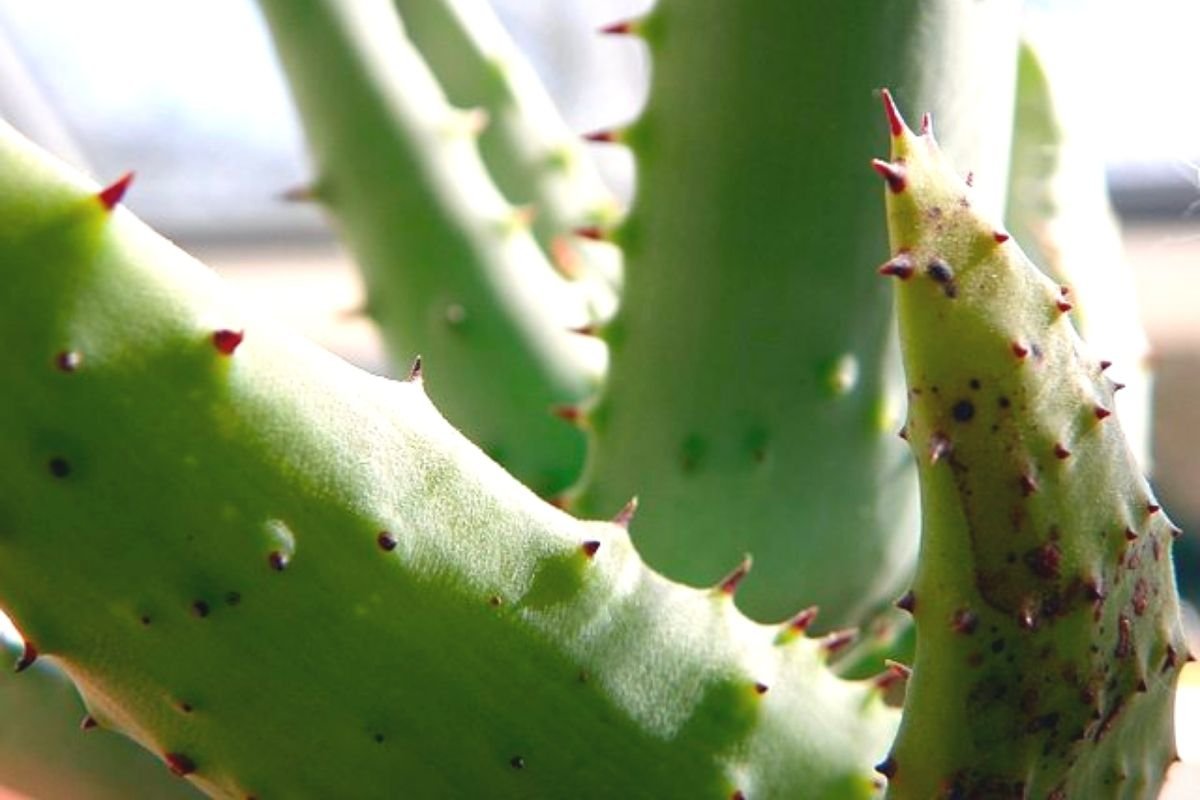
Anthracnose disease (Colletotrichum gloeosporioides)
Similar to aloe rust, anthracnose is a fungal disease that targets the leaves of plants and thrives in humidity. Overwatering an aloe plant or keeping it in too moist conditions can encourage the growth of anthracnose, which shows up as dark spots and can lead to the leaves turning pink or brown. Removing the infected leaves and applying a fungicide will help the aloe recover from its anthracnose infection.
Basal stem rot (Fusarium spp.)
Basal stem rot occurs in cool humid conditions, and can develop at the base of an aloe plant that is in a dark and drafty space where the soil doesn’t dry out properly. The fungal infection spreads from the base of the plant upwards, and can be noticed by the leaves starting to show black spots, turning brown, and drooping. The bottom portion of the aloe vera plant will be damaged by the time you notice it, but your aloe can be saved by cutting off the upper, unaffected portion of the plant and propagating it, then planting it in fresh soil.
Bacterial soft rot (Pectobacterium chrysanthemi)
Did you know there’s more than one way your aloe plant leaves can rot? Yep, it’s true! When your aloe plant is suffering from a bacterial soft rot, you’ll notice the infected leaf will become watery, then mushy, and it might have an odor. The leaves will turn yellow, orange, brown, and black as it rots. This can spread to other leaves, but if you catch it before it spreads to the base, you can remove the affected leaves and apply a fungicide to rid the aloe vera plant of any residue. Remove any other dead or dried leaves on the plant, as spores can remain hidden on dead plant material.
FAQ
Why are my aloe leaves drooping even though I’m not overwatering?
Well, sometimes it’s not all about the water, dear plant parent. Your aloe may be drooping due to poor soil drainage, too much or too little sunlight, or simply being too crowded in its pot.
How often should I water my aloe plant to avoid droopy leaves?
Water your aloe plant once every two to three weeks, or whenever the soil is dry to the touch. Think of it as a spa day for your plant – too much water can be overwhelming, but the right amount can be rejuvenating.
How can I fix my aloe plant’s droopy leaves caused by poor soil drainage?
To fix your aloe plant’s droopy leaves caused by poor soil drainage, make sure it’s potted in well-draining soil and a container with drainage holes. Don’t let your aloe plant sit in water – that’s like wearing wet socks all day.
Can I save my aloe plant from root rot, and how do I prevent it from happening in the future?
You can save your aloe plant from root rot by removing the rotten roots and treating it as a propagation, but prevention is key. Make sure to use well-draining soil, don’t overwater, and give your aloe plant some breathing room in its pot.
What can I do to help my aloe plant recover from transplant shock?
To help your aloe plant recover from transplant shock, give it some space and time to adjust to its new home. It’s like when you move into a new place – sometimes you need a few days to get settled in before you start feeling like yourself again.
How can I tell if my aloe plant is root bound, and what should I do about it?
You can tell if your aloe plant is root bound if its roots are visibly growing out of the drainage holes or if the soil is tightly compacted. To fix it, transplant your aloe plant to a slightly larger pot and give it some room to grow.
What are some natural ways to treat pests and fungal diseases on aloe plants?
Natural ways to treat pests and fungal diseases on aloe plants include using neem oil, filtered water, and pure castile soap. It’s like a spa treatment for your plant that gets rid of unwanted guests.
What are some signs that my aloe plant is getting too much or too little sunlight, and how can I adjust its light exposure accordingly?
If your aloe plant is getting too much sunlight, its leaves may turn brown or purple, and if it’s not getting enough sunlight, its leaves may grow long and spindly. Adjust its light exposure accordingly by moving it to a brighter or shadier spot. Think of it as finding the perfect spot to catch some rays.
more about succulents
- Growing ZZ Plants: How To Care For A ZZ Plant
- How To Save An Overwatered Snake Plant
- 7 Best Succulents For Beginners (Buy Live Plants Online 🚚)
- How to repot succulents: a beginners guide to repotting succulents
- [SOLVED] Why is my succulent growing tall and skinny?
- Underwatered aloe plant: how to know when your plant needs more water
- How to cut aloe vera plant without killing it

